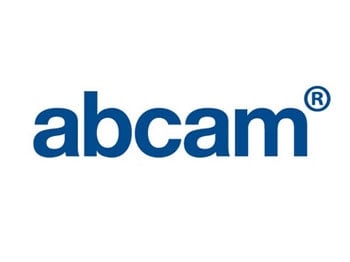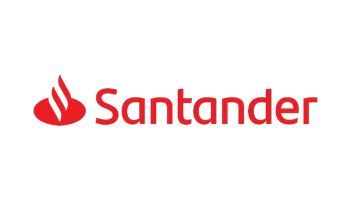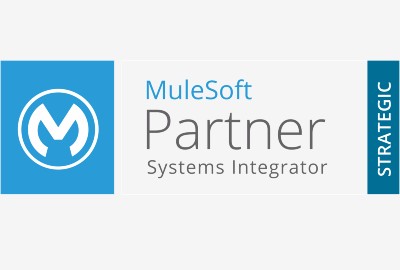
Salesforce Ecosystem

Businesses invest in digital transformation for many reasons, from streamlining processes and generating efficiencies, to futureproofing your organization and optimizing growth. But without the right support, it can be difficult to find the right solutions to achieve your strategic goals, or to realize the true value of your investments.
At Coforge Salesforce BU (formerly WHISHWORKS), our mission is to solve problems and transform our customers' vision into reality by delivering expert, industry specific solutions through the Salesforce ecosystem. Our unique approach enables us to start with the business outcomes in mind, engaging with you to determine exactly what you need to achieve, and then supporting you to make it happen. Success of our customers is of paramount importance to us.
Coforge is a Global Strategic Partner to Salesforce since 2008, and offers business consulting, licensing, implementation, and support services. We offer comprehensive Salesforce solutions to organizations in the Banking and Financial Services, Travel-Transportation & Hospitality, Healthcare & Life Sciences industries. Our expertise lies in our deep domain knowledge and extensive experience across the Salesforce ecosystem, allowing us to provide Sales, Services, Integration, and Financial Services solutions.
We have close working relationships with Industry SMEs and Salesforce experts along with a blend of senior functional and technical resources, which helps our customers transform at the intersect of business and technology.
Coforge is a proud partner of the Salesforce ecosystem, offering solutions using MuleSoft and Salesforce. We help our customers to automate Data Management, deliver connected customer experiences, and enhance customer relationships.
HOW WE TRANSFORM
Our Services
Customers
Our Customers











